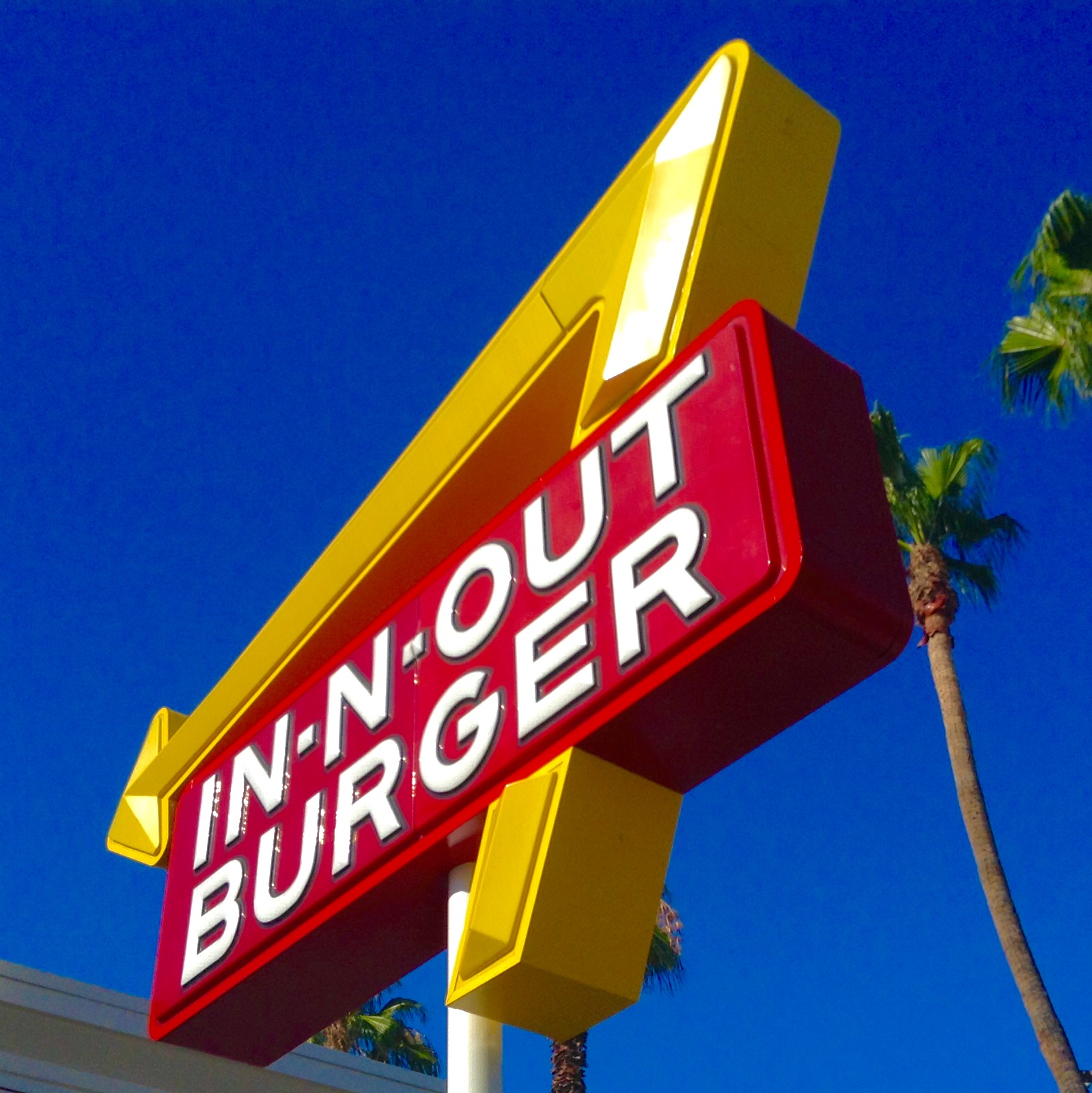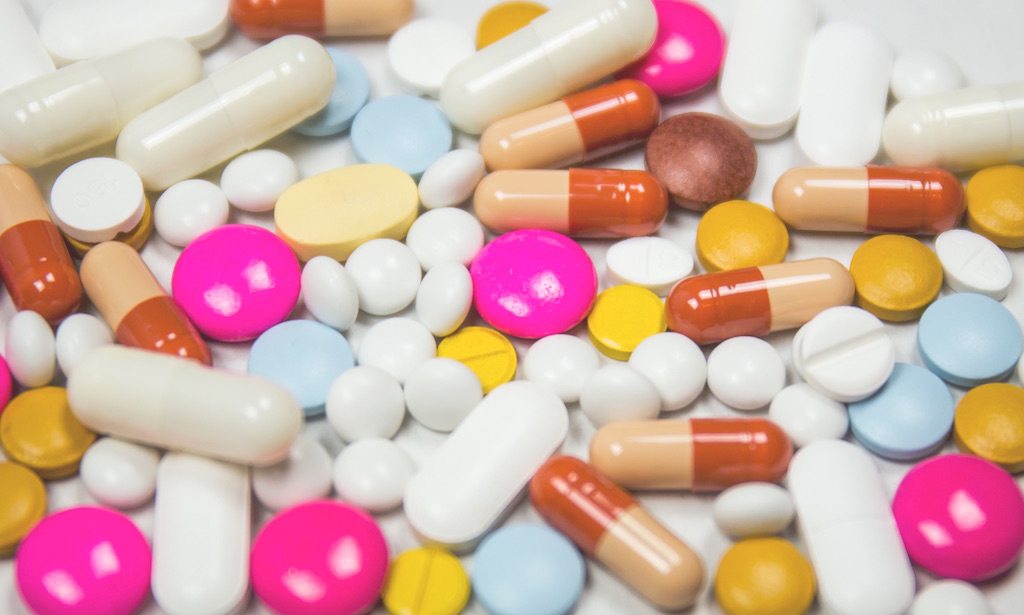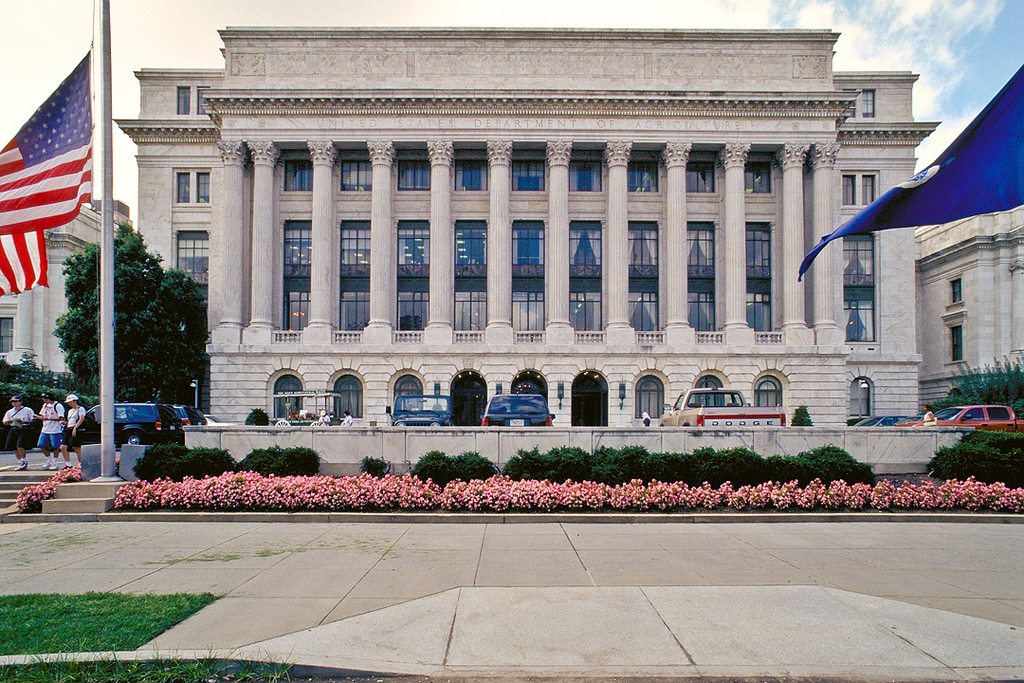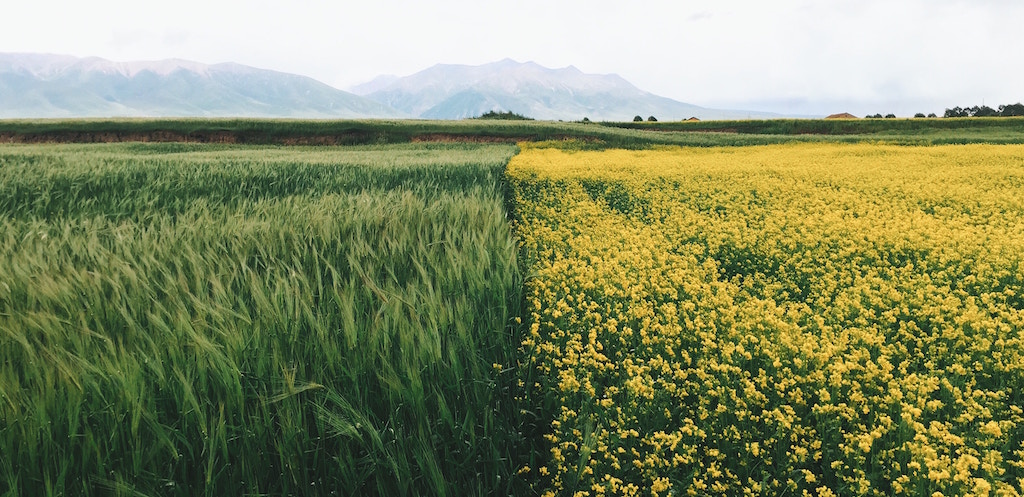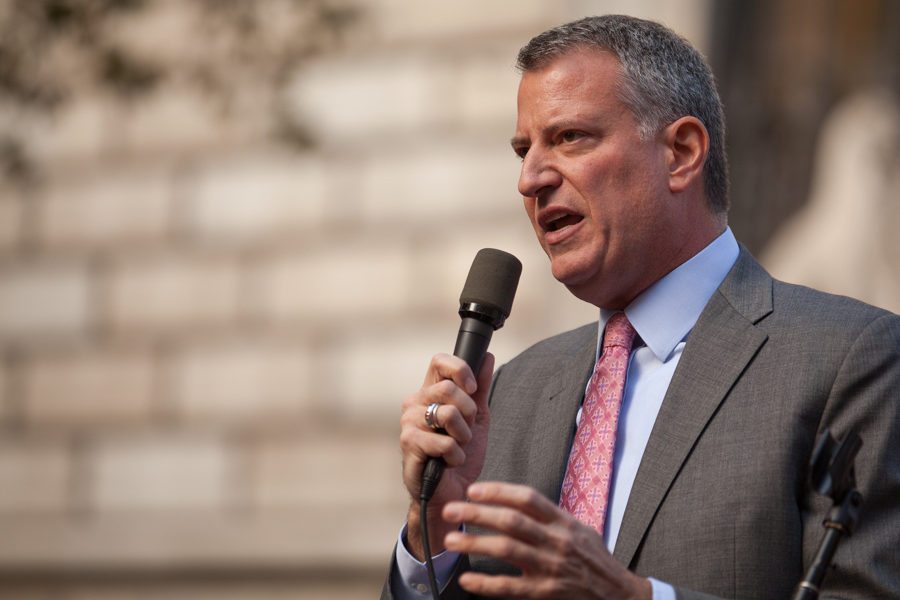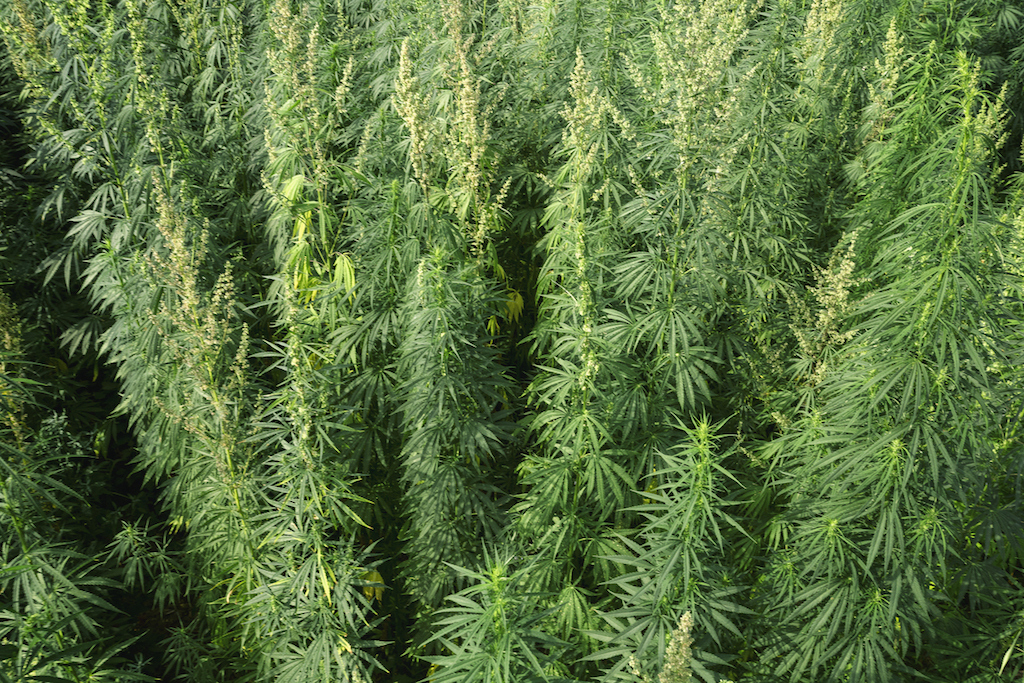
iStock / Nastasic
Update, May 11, 10:37 a.m., EST: The Wisconsin Department of Justice has announced that hemp farmers will not be prosecuted for producing CBD oil.
Wisconsin growers and farmers are locking horns with the state’s Department of Justice in a fight over cannabidiol (CBD) oil, the non-psychoactive, hemp-derived oil that is said to have a range of medicinal properties.
It started back in November, when Governor Scott Walker signed legislation that allowed farmers to grow hemp as part of a state pilot program. Interest has been strong: As of last week, the state had received nearly 360 applications, and issued 72 licenses. As Civil Eats and others have reported, there’s a lot of enthusiasm about hemp in farm country, even though critical infrastructure is still lacking. Hemp has the potential to be a highly profitable crop, and some argue it can be a lucrative additional revenue stream for farmers growing on small acreage. Wisconsin’s farmers seemed eager to get on board.
But on April 27, the state’s DOJ issued a memo that affirmed that posession and distribution of CBD oil is illegal, aside from medicinal use by doctors and pharmacies. That threw farmers, and the politicians who represent them, into a tizzy.
Why is CBD’s legal status such a big deal? In theory, farmers can apply to grow hemp for a variety of uses, with thousands of hemp-based consumer products, ranging from seeds and textiles to building materials, already on the market. But CBD oil is currently what’s enticing to the American farmers interested in hemp. That’s because mainstream American agriculture—focused primarily on mechanization and economies of scale—hasn’t yet accepted the crop. Instead, small acreage farmers have taken up the mantle, sometimes working with small processors to extract high-value CBD oil from the hemp flowers.
According to Hunter Buffington, executive director of the Colorado Hemp Industries Association, Colorado represents half of the hemp acreage in the United States—and 80 percent of hemp production in the state’s 18,000 registered acres is dedicated to producing CBD oil from hemp flowers. Compare that to the rest of the world, where CBD production represents only 20 percent, with the lion’s share going to producing hemp seed from the grain, and hemp fiber from the stalk.
“The big money is in the CBD,” says Margaret MacKenzie, a co-owner of Salt Creek Hemp Co, a hemp farm in Collbran, Colorado. “We’re trying to capitalize as much as we can on that.”
But the plants tested over the legal limit for THC, and she couldn’t sell them. (Colorado’s agriculture department tests a selection of the state’s 386 registered hemp growers.) Since then, she’s used her combine to harvest other farmers’ hemp stalks, but hasn’t grown industrial hemp for fiber since.
“Financially, it doesn’t make sense on small acreage,” she says. “We wouldn’t get very much off of our 15 acres. It takes hundreds of acres to get a yield for the fiber.”
Absent all those acres, she doesn’t see the value in growing a small amount of fiber when it sells for only $150 a ton.
“If you grow two acres of industrial hemp for seed and fiber, you get 500 pounds of seed, and a ton of stalks,” McKenzie says. “What is that worth when the market for seed is a buy-back at, like, 80 cents to a dollar, per pound? That’s $150 per ton. So you make $650 for two acres, approximately. And you could get only half of that if your plants don’t grow tall.”
That’s a lot less than corn, she points out, which currently makes hemp grain unattractive to traditional farmers.
 iStockphoto / rgbspace
iStockphoto / rgbspace Cannabidiol (CBD) oil is the non-psychoactive, hemp-derived oil that is said to have a range of medicinal properties
This year, MacKenzie’s growing 15,000 hemp plants, which she bought at three to five dollars per plant, on 15 acres. Conservatively, she says, her plants could have cannabinoid concentrations, on average, of around five percent, which she could sell to a processor at $25 a pound. On average, each plant yields half a pound of flowers. At 1,000 plants per acre, she estimates, she could net around $7,500 per acre, before labor and maintenance costs.
The value of a plant is based on its CBD concentration, she says, selling for about five dollars per percent. A “spectacular” grow, she says, might have plants with 20 percent CBD concentration, yielding a full pound of flowers.
MacKenzie’s business partner processes her flowers for oil, which she says retails for $14,000 per kilo. Given that astonishing price, and the relatively low cost of processing, it’s not unusual for hemp farmers to do the processing in-house, according to Duane Sinning of the Colorado Department of Agriculture.
That’s enticing. But growing for CBD is hard, labor-intensive work. McKenzie compares tending to CBD hemp, which looks more like a bush than a corn stalk, to growing tomatoes: The technology isn’t quite there yet for mechanized harvesting. McKenzie, one of Colorado’s leading hemp farmers, is still experimenting with using tobacco harvesters for her plots.
And in that way, CBD farming presents an opportunity for young, enterprising farmers who don’t have a lot of overhead capital. Since the planting and harvesting are, thus far, typically done by hand, anyone with a small plot, cash for plants and fertilizer, and maybe a few dedicated volunteers, can be just as productive as anyone else.
“You might not necessarily have to buy a tractor,” McKenzie says. “But you would have to do land improvement, and land preparation, whether through tilling or hand digging holes. A lot of those variables depend on how many acres you have.”
“People in town have acreage, and are set up, ready to do fiber, and they have bought the harvester, but they are not going to do it until the decortication machine is there,” says Sandy Head, a small-acreage farmer in Montrose, Colorado, who’s dabbling in hemp. “When somebody has $10 million to put one in.”


